This project is currently in the design stages, as you can see from the project images. At the moment I am prototyping the design on a breadboard and laying out schematics/PCBs in Eagle as I go, as well as experimenting with conductivity sensors, I will update below shortly
I have produced a few graphics demonstrating the overall operation of the design. The project logs below go into detail regarding the design considerations of both the monitoring station and the sensors, with the basic idea behind the project displayed below.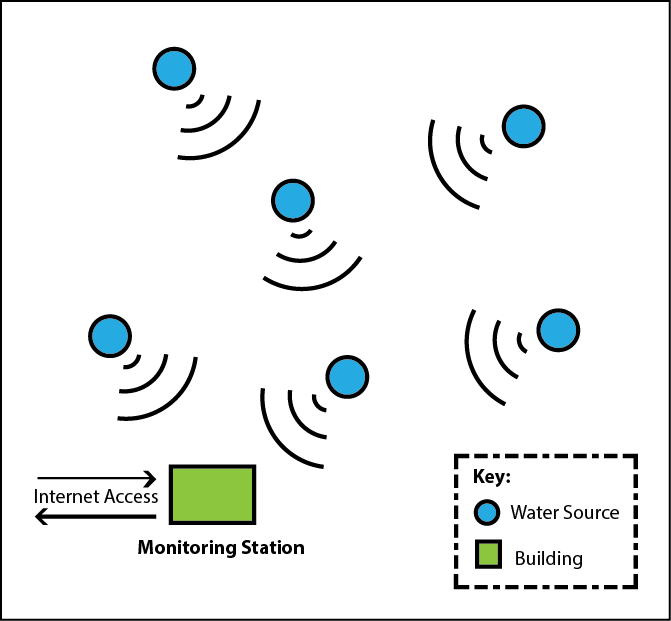
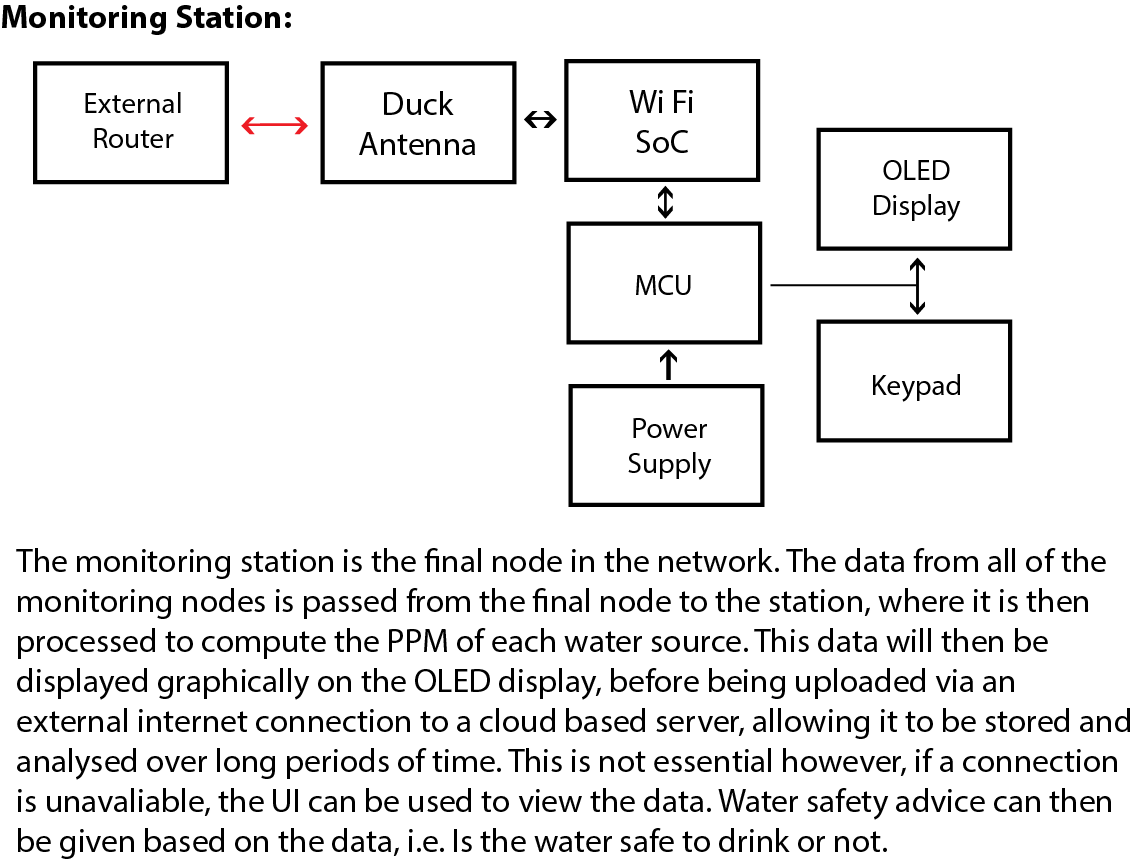

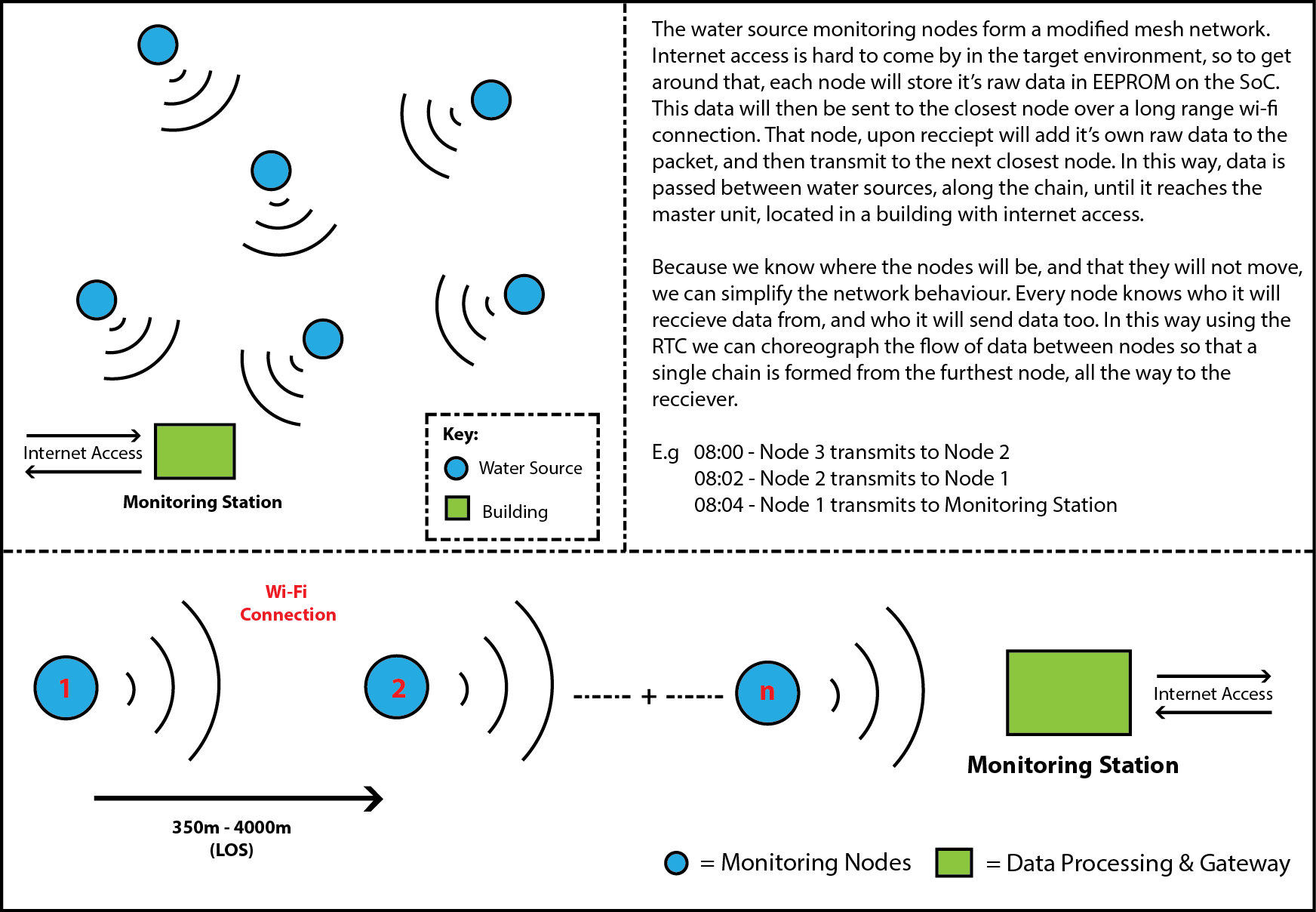



 Reinier van der Lee
Reinier van der Lee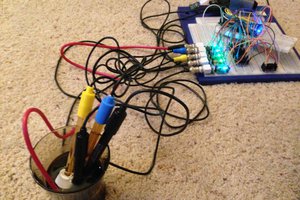
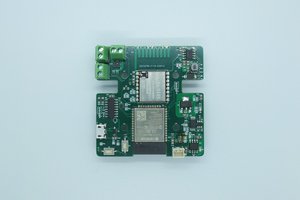
 YJ
YJ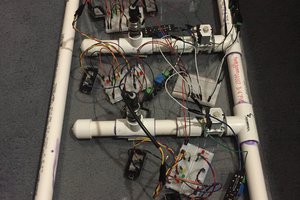
Hi Matt! I love your project. It was tagged with 'ESP8266', would you really use it? In the diagram it will use coin cell, I don't think it would even work. Coin cell wouldn't be able to deliver enough current to your ESP8266. I used Li-Ion battery instead.
-Adjie.